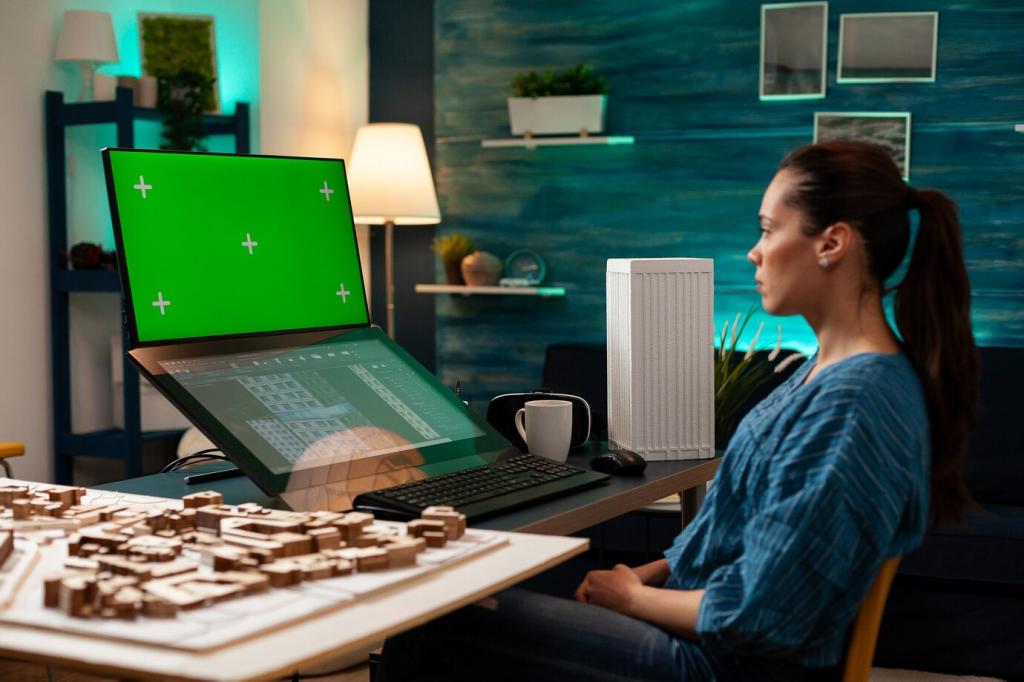Choosing and Integrating an Ecosystem
Apple Home, Google Home, Alexa, and Home Assistant each offer strengths. Choose based on household devices and voice preferences. Aim for simplicity first, flexibility second. Share your non‑negotiables, and we’ll recommend brands that play nicely together long‑term.
Choosing and Integrating an Ecosystem
Matter reduces lock‑in by allowing multi‑admin control across ecosystems. Thread improves reliability with low‑power, self‑healing mesh. Combine them for resilient setups. Tell us your priorities—speed, security, or simplicity—and we’ll outline a starter kit that meets your goals.
Choosing and Integrating an Ecosystem
Prefer local control? Choose hubs and bulbs that work without clouds. Export scenes, document names, and snapshot configurations. Create a simple recovery checklist. Comment if you want our printable backup template for smooth upgrades and future device swaps.
Choosing and Integrating an Ecosystem
Lorem ipsum dolor sit amet, consectetur adipiscing elit. Ut elit tellus, luctus nec ullamcorper mattis, pulvinar dapibus leo.








